The habit of tobacco sniffing started in Northern China among Tartaric tribes (Manchoo). During the year 1644 those seized power against the weak Ming reigning dynasty.
The constant use of tobacco smelling and snuff bottles definitely started under the new Qing dynasty; bronze snuff bottles, signed and punched, date back to this era, when Shunzi was Emperor (1644-1653).
Back to those days there was a certain belief that tobacco might have had curative functions, but the reason for which tobacco sniffing was so popular was in the end because this was an imperial fashion In the year 1662 on the Chinese throne a major Emperor reigned, called Kangxi (1662-1722); on the throne ever since he was only a child, he reinforced his power over all China and carried out his political program of economic raising and artistic development. He also developed such a passion for tobacco sniffing and snuff bottles that he opened the Beijing Imperial Palace Workshop; these were artistic laboratories for small art pieces to be produced, of the highest artistic standards as well as for the Emperors’ and Court House Members personal use.
Chinese Emperors
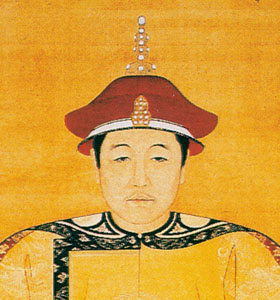
Shunzi emperor (after a Palace Museum Portrait) is the first of the Qing Dynasty. the most ancient bottles s, marked and brazen ‘Cheng Rongzheng’ are dating back to this age.
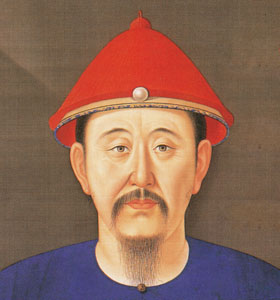
Emperor Kangxi in his library. He was the founder of Beijing Imperial Palace Workshop.

Emperor Qianlong.In this age the most beautiful bottles were produced with new techniques and material.
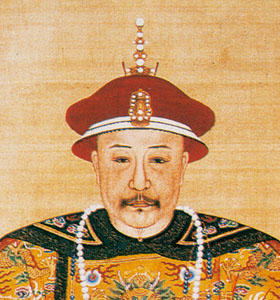
Emperor Jiaqing. (Museum Palace portrait). During his kingdom the most beautiful porcelain bottles were made, above all those with polychrome enamel decoration relief.
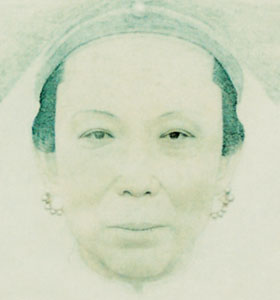
Tz’u-Shi titled Regent, Emperor Xiaofeng ‘s Fifth Grade Concubine,
reigned 1861-1887, very fond of sniffing tobacco and snuff bottles as well.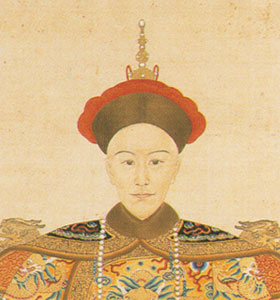
Guangxu Emperor portrait and photo picture ;nearly at the end of snuff bottle traditional production. In 1879, Beijing School had developed the extraordinary technique of inside painting.
